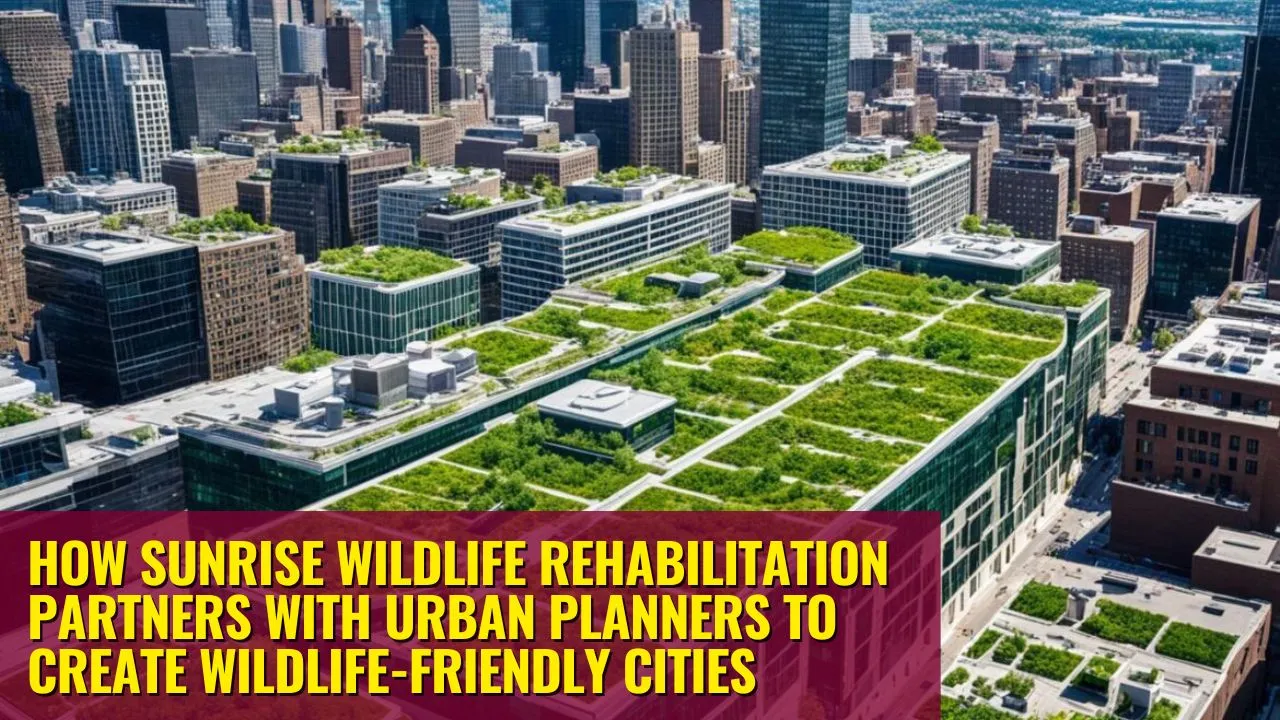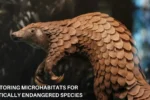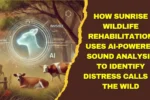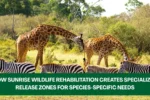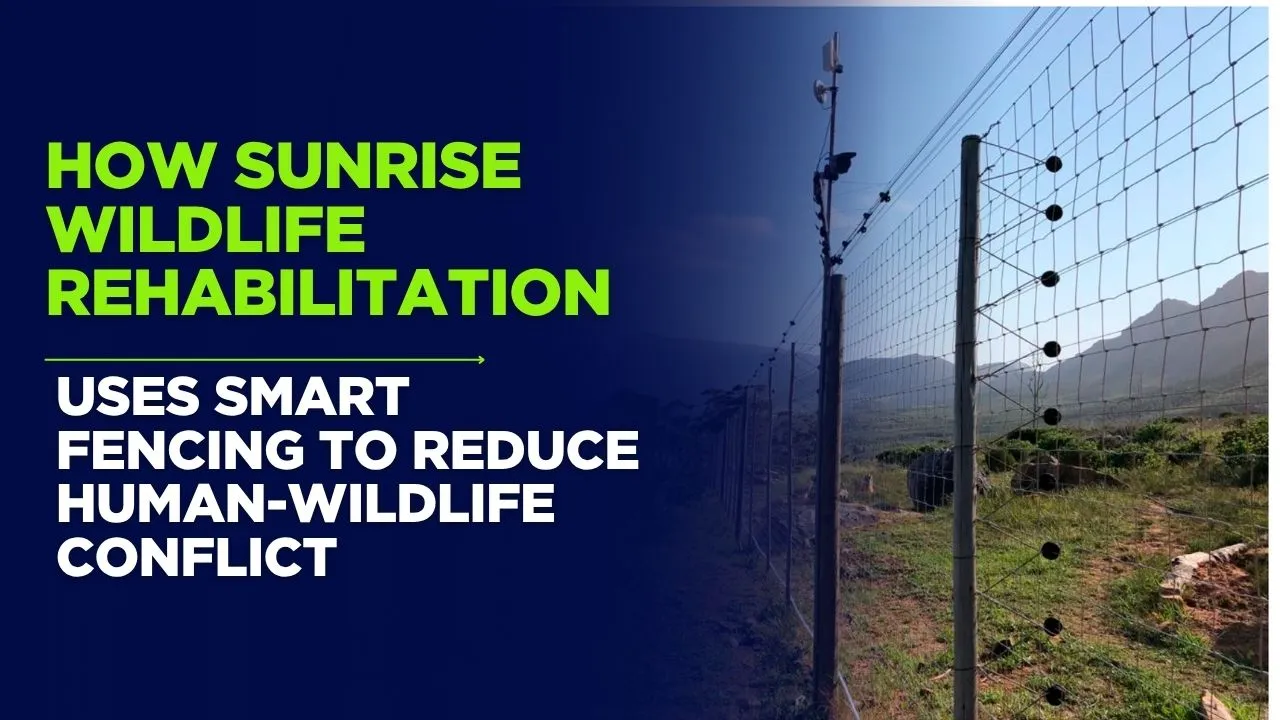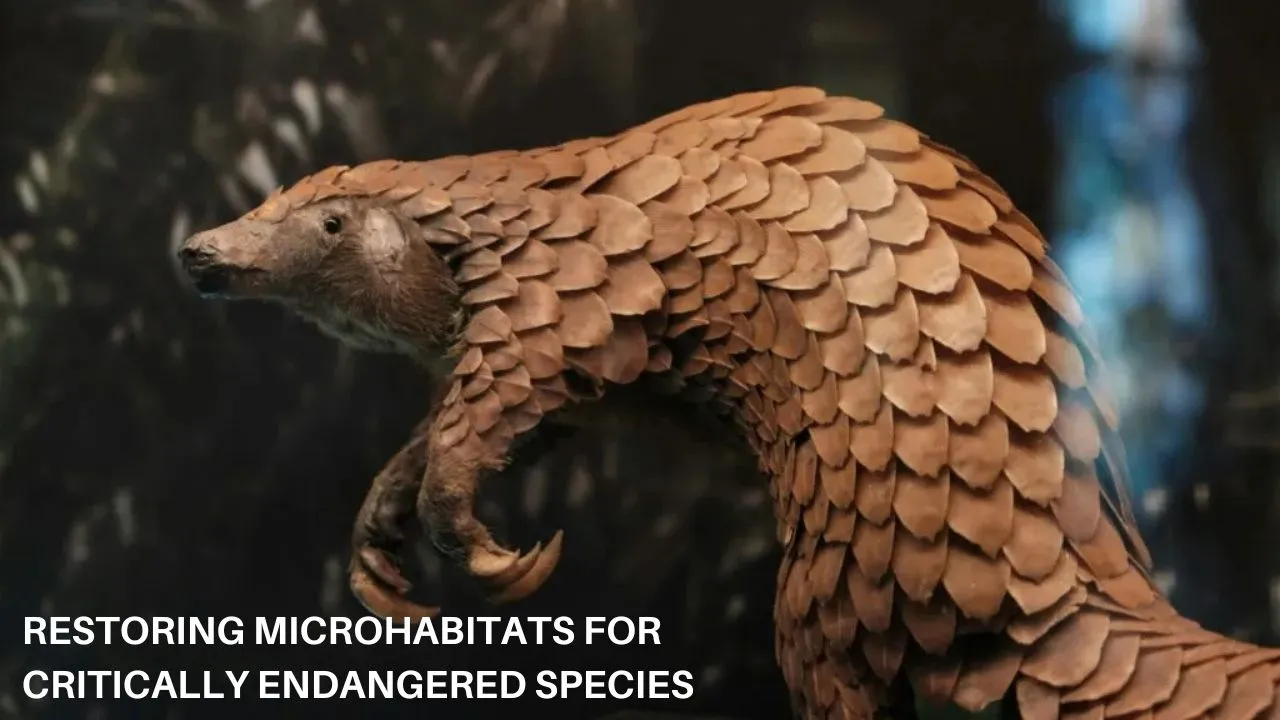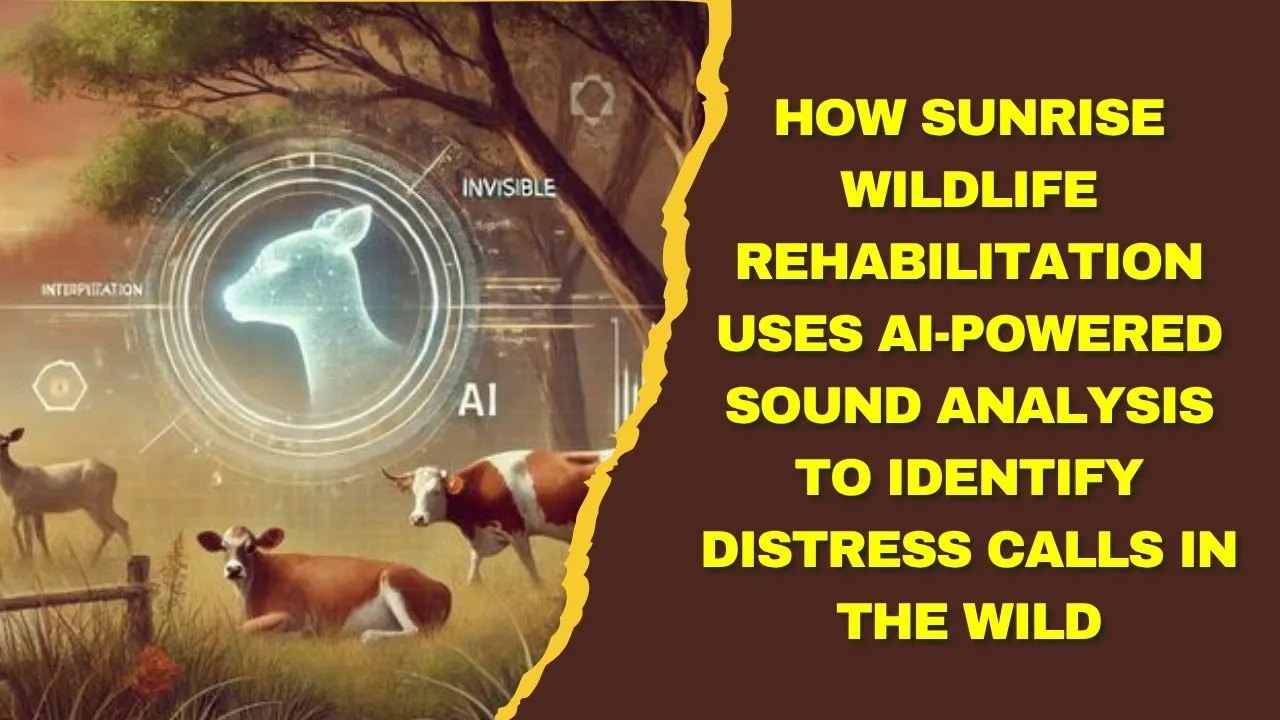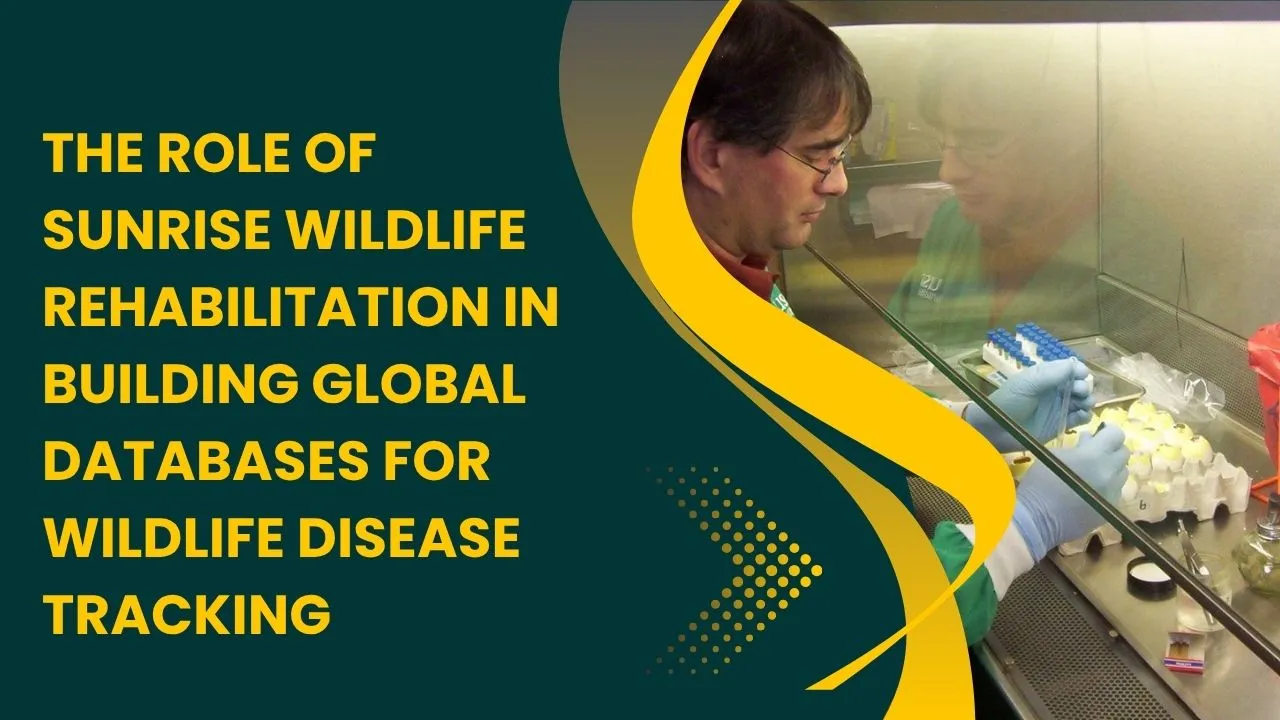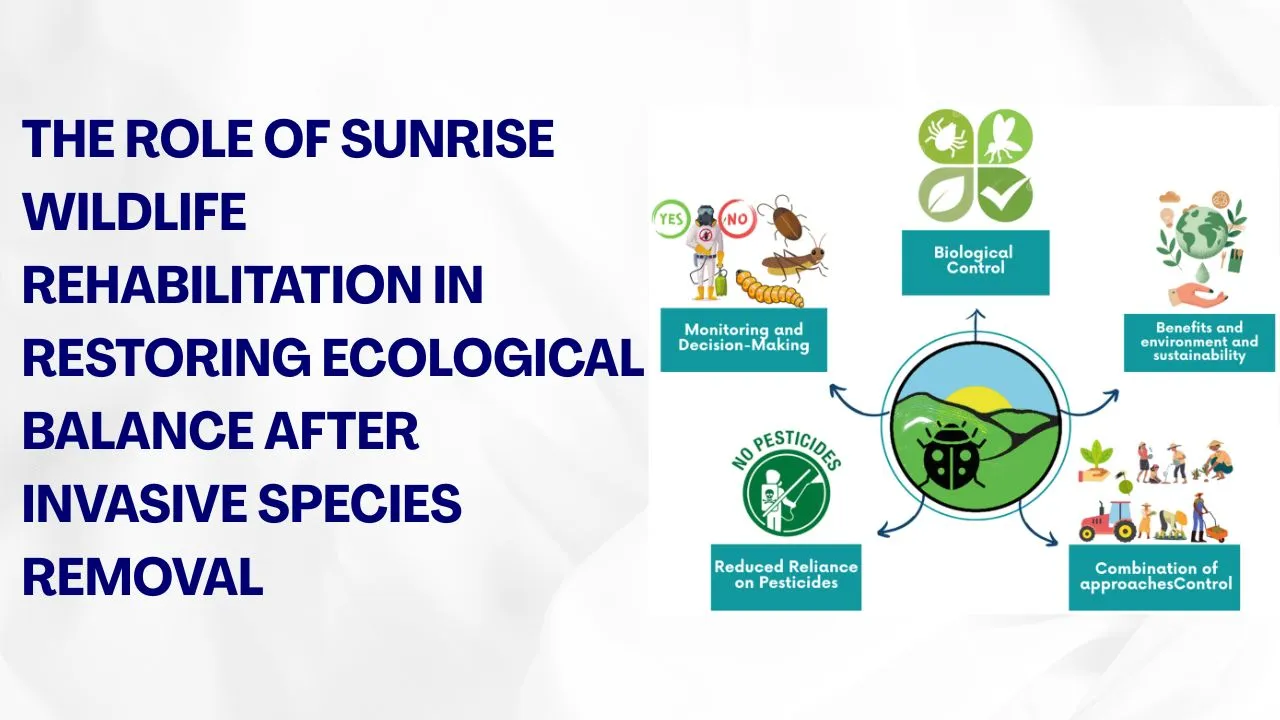Sunrise Wildlife Rehabilitation is reshaping the way modern cities interact with nature. In a world where urban growth often overshadows natural habitats, this organization proves that wildlife and human development can coexist in harmony. They work side by side with city planners to create spaces that welcome wildlife instead of driving it away.
From green corridors and rooftop gardens to safe animal crossings, their initiatives are not just about saving species but about enriching urban life. This article explores the methods, challenges, and successes of Sunrise Wildlife Rehabilitation as they collaborate with urban planners to design cities where both humans and animals can thrive.
How Sunrise Wildlife Rehabilitation Builds Lasting Partnerships
When Sunrise Wildlife Rehabilitation partners with city planners, the relationship goes beyond consultation. They bring a deep understanding of animal behavior, local ecosystems, and biodiversity needs to the planning table. Secondary keywords like urban biodiversity, sustainable city planning, and wildlife habitat design come into play as they map out spaces that integrate nature into the city’s blueprint.
These partnerships work best when initiated early in the design phase. By studying migration routes, breeding areas, and feeding zones, they help planners avoid habitat destruction and even enhance existing ecosystems. Their approach turns infrastructure projects into opportunities for conservation instead of threats to it.
Overview of Collaboration Goals
| Goal | Action Plan | Expected Benefit |
| Protect habitats | Preserve and restore green spaces | Safe shelter for native species |
| Create wildlife corridors | Build underpasses, overpasses, and green pathways | Safe movement for animals |
| Promote native plants | Use local species in landscaping | Increased biodiversity and reduced maintenance |
| Engage communities | Education programs and citizen projects | Public support and awareness |
| Integrate eco-design | Green roofs, rain gardens, permeable paths | Cleaner air, water, and improved urban health |
Why Wildlife-Friendly Cities Matter
Wildlife-friendly cities are not just about aesthetics—they are about ecological stability and community well-being. When animals are given safe spaces within urban landscapes, pollination increases, pest control becomes more natural, and residents benefit from cleaner air and cooler temperatures.
Sunrise Wildlife Rehabilitation sees these cities as living systems where nature is part of everyday life. By including secondary keywords like green infrastructure, urban sustainability, and habitat restoration, the focus extends beyond protecting wildlife to creating resilient cities that can adapt to climate challenges.
How Sunrise Wildlife Rehabilitation Works with Urban Planners
This collaboration starts with in-depth research and environmental mapping. Sunrise Wildlife Rehabilitation conducts field studies to identify which species need the most support and where they are at risk. Planners then integrate this data into zoning plans, park designs, and infrastructure projects.
The organization also assists in developing local policies that prioritize conservation, ensuring long-term protection even as cities expand. This proactive approach means urban development can proceed without pushing wildlife to the brink.
Key Areas of Collaboration
- Habitat Protection – Safeguarding existing forests, wetlands, and parks while rehabilitating degraded land.
- Wildlife Corridors – Designing safe passageways through cities, such as vegetated bridges or roadside green strips.
By focusing on these core strategies, Sunrise Wildlife Rehabilitation ensures animals have both food and shelter, reducing conflicts between humans and wildlife.
Designing Wildlife-Friendly Infrastructure
Urban spaces can serve people while supporting wildlife. With guidance from Sunrise Wildlife Rehabilitation, city planners integrate solutions like:
- Green rooftops that double as pollinator habitats.
- Bird-safe building materials that reduce collisions.
- Natural drainage systems that create wetlands for amphibians.
These design elements make cities more livable, offering recreational areas for people while ensuring species survival.
Community Involvement and Education
Without public support, even the best plans can fail. That’s why Sunrise Wildlife Rehabilitation invests heavily in community outreach. They host tree-planting events, wildlife-watching tours, and school programs that teach children about conservation.
Urban planners use these educational initiatives to build trust and encourage residents to take part in local projects. This shared responsibility transforms neighborhoods into guardians of biodiversity.
The Role of Native Plants in City Planning
Native plants are essential for sustaining local wildlife. They provide food for pollinators, shelter for small mammals, and stability for soil. Sunrise Wildlife Rehabilitation advocates for native landscaping in public parks, roadsides, and residential developments.
Because native plants are adapted to the local climate, they require less maintenance and fewer resources, making them a cost-effective and eco-friendly choice for cities.
Benefits of Wildlife-Friendly Cities
Cities that embrace wildlife experience numerous benefits:
- Improved public health from cleaner air and more green space.
- Economic boosts from eco-tourism and increased property values.
- Resilience against heatwaves and flooding due to natural cooling and water absorption.
By building for both people and nature, Sunrise Wildlife Rehabilitation helps create cities that are sustainable, attractive, and adaptable.
Challenges and How They Overcome Them
Budget constraints, competing development priorities, and public misconceptions often make conservation a tough sell. Sunrise Wildlife Rehabilitation tackles these issues by presenting measurable results, such as reduced maintenance costs from native plants and increased public satisfaction from green spaces.
They also collaborate with businesses and nonprofits to share funding responsibilities, making wildlife-friendly designs more affordable for cities.
Success Stories
In one urban district, a disused industrial area was converted into a wetland park that now supports over 150 bird species. Another city worked with Sunrise Wildlife Rehabilitation to install vegetated overpasses, drastically reducing roadkill incidents. These transformations prove that even small changes can have major ecological impacts.
The Future of Wildlife-Friendly Cities
With climate change and rapid urbanization shaping our future, the need for wildlife-conscious planning is greater than ever. Sunrise Wildlife Rehabilitation envisions cities where green corridors connect every park, pollinator gardens flourish on rooftops, and native trees line every street.
This vision is not just about saving animals—it’s about ensuring humans live in healthier, more balanced environments.
FAQs
Q1: What is Sunrise Wildlife Rehabilitation’s main contribution to city planning?
They provide expertise in integrating wildlife needs into urban design from the earliest planning stages.
Q2: Can wildlife-friendly features be added to existing cities?
Yes, through retrofitting measures such as green roofs, pocket parks, and restored waterways.
Q3: Why are native plants important for urban areas?
They support local species, require less upkeep, and adapt better to the regional climate.
Q4: How do wildlife corridors help urban biodiversity?
They connect isolated habitats, allowing animals to move freely and maintain healthy populations.
Q5: Are wildlife-friendly cities more expensive to maintain?
Not necessarily—many features reduce long-term costs by lowering maintenance and improving ecosystem health.
Final Thought
The partnership between Sunrise Wildlife Rehabilitation and urban planners shows that cities don’t have to choose between development and nature. By blending smart design, community involvement, and ecological awareness, it’s possible to build urban environments that welcome both people and wildlife.
If every city adopted these principles, the world would be greener, healthier, and more vibrant. Now is the time to rethink how we design our spaces and take steps toward cities that truly live in harmony with nature.
